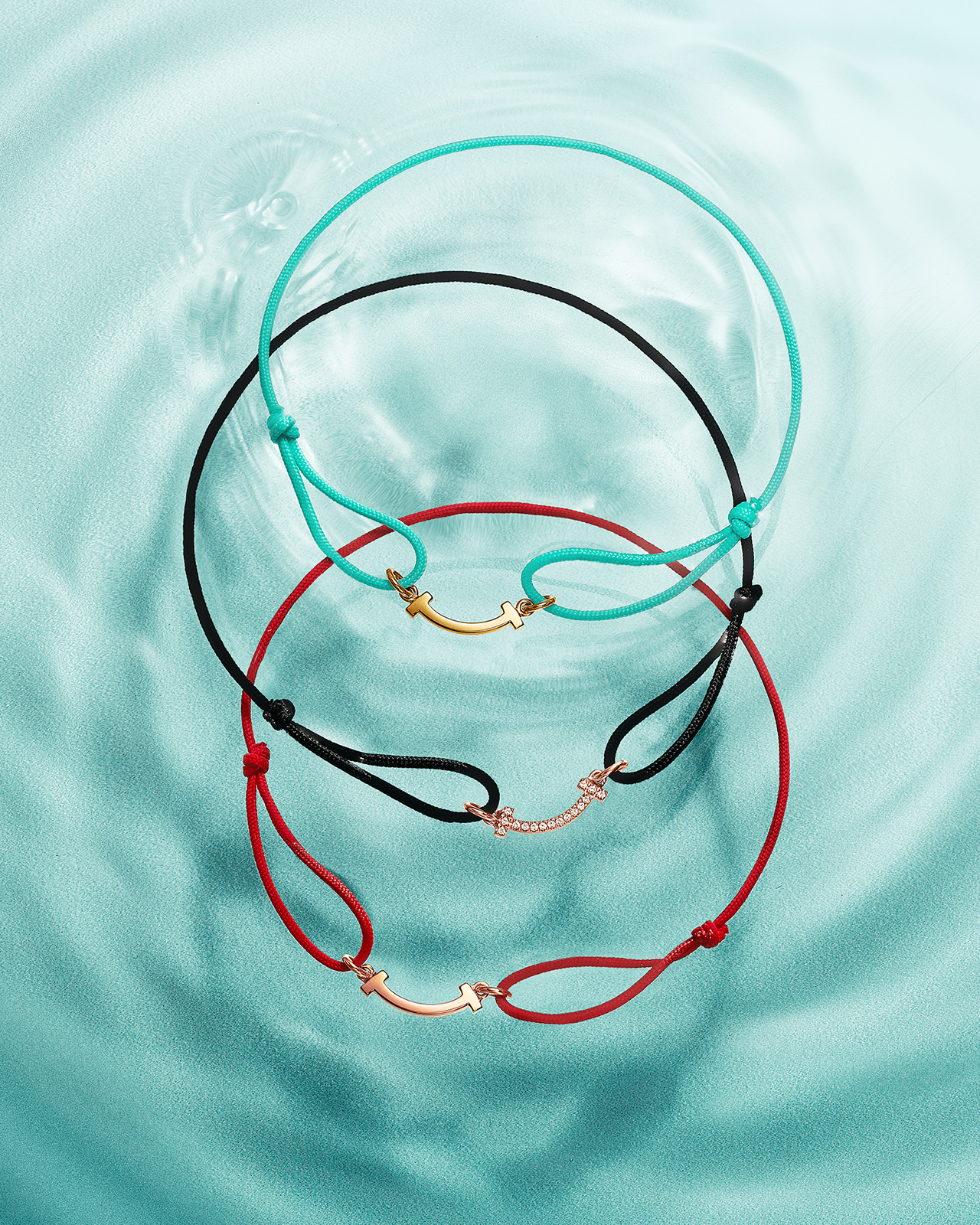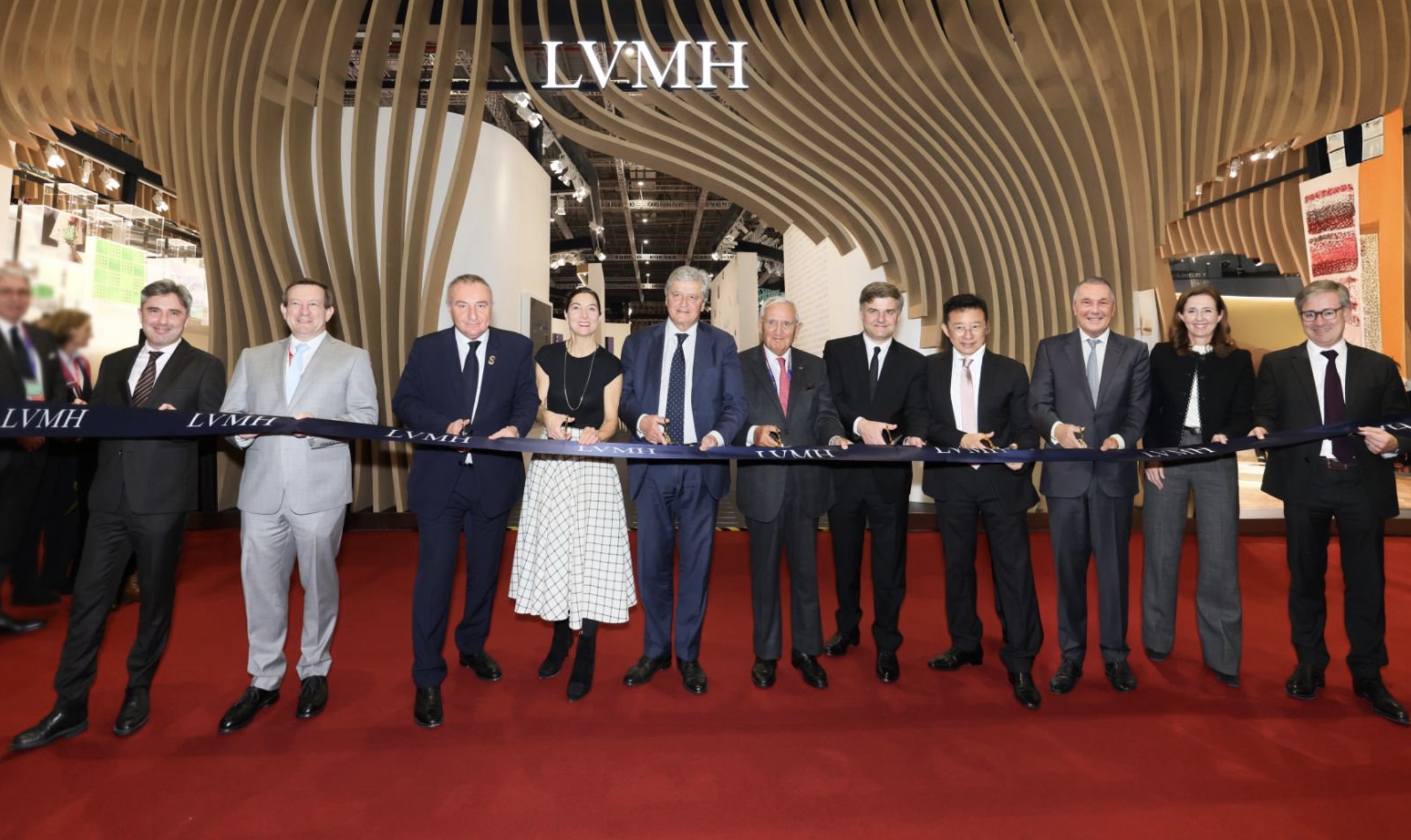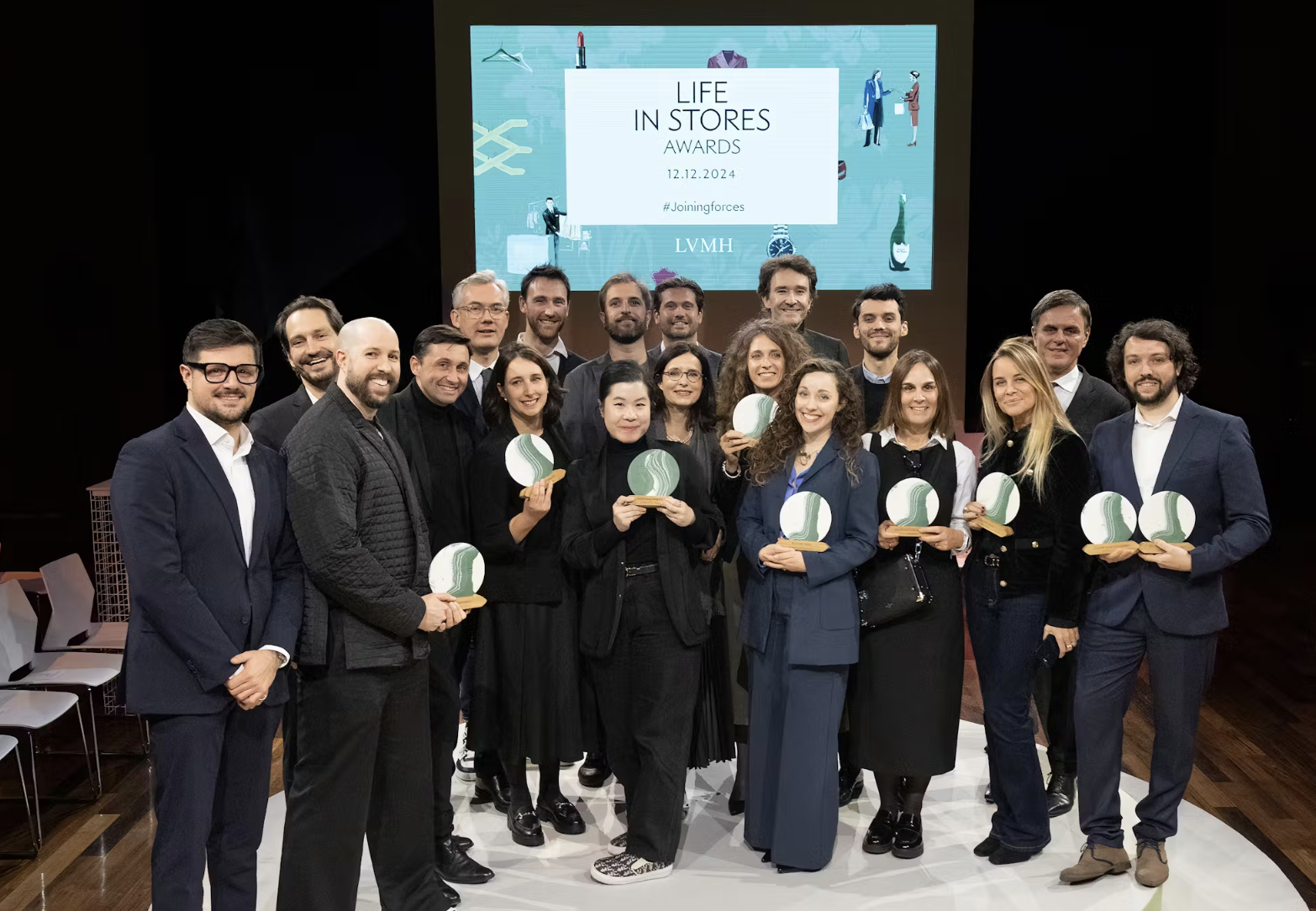July 26 marks the International Day for the Conservation of the Mangrove Ecosystem (hereinafter referred to as World Mangrove Day) — an initiative adopted in 2015 by the General Conference of UNESCO to raise public awareness of the importance of mangrove ecosystems.
Three months earlier, on April 22, Tiffany & Co. officially launched its Love For Our Oceans initiative in the Chinese Mainland, aiming to support the Mangrove Conservation Foundation (MCF) through the sales of the Tiffany T Smile bracelet.
The project is dedicated to supporting the protection and restoration of mangrove wetlands, promoting the sustainable development of mangrove ecosystems, enhancing the well-being of local communities, strengthening climate change resilience, and raising public environmental awareness.
As a unique ecosystem where land and sea converge, mangrove wetlands are known as the “coastal guardians.” Acting as natural barriers, they play a vital role in coastal defense, water purification, carbon sequestration and storage, and climate regulation. By protecting these “forests of the sea,” the project not only safeguards coastal ecology but also sustains the foundations of ocean health.

Tiffany T Smile Bracelet
The Tiffany T Smile bracelet features a cord made from REPREVE® Our Ocean™ recycled polyester fiber, sourced entirely from plastic bottles collected near coastlines. This material choice reflects Tiffany’s long-standing commitment to preserving the beauty of nature and underscores the brand’s firm dedication to marine conservation.
The Tiffany T Smile bracelet is available in 10 designs, featuring metal components crafted from 18k yellow gold or rose gold, and is offered in both diamond and non-diamond styles. From now until October 2026, Tiffany will donate RMB 1,450 [USD 200] for each diamond bracelet sold in the Chinese Mainland, and RMB 750 [USD 103] for each non-diamond bracelet, as part of this initiative benefiting the Mangrove Conservation Foundation (MCF).
Anthony Ledru, President and Chief Executive Officer of Tiffany & Co., stated:
“As a globally renowned luxury jewelry brand, we remain unwavering in our commitment to environmental protection — not only as a responsibility but as a mission we’ve upheld for nearly 25 years. Through the joint efforts of our brand and the Foundation, Tiffany has made significant progress in marine conservation. The Love For Our Oceans project marks a new chapter in our sustainability journey and reflects our deep respect and love for the Earth and its natural resources.”

Mangrove communities thriving at the land-sea interface; Image source: Mangrove Conservation Foundation (MCF)
It is estimated that over three-quarters of the world’s mangroves are now under threat, placing all ecological balances dependent on mangroves at serious risk. As a response, UNESCO is working to protect mangroves and other valuable blue carbon ecosystems through its geoparks, World Heritage sites, and biosphere reserves.
As one of the most important types of coastal wetlands in China, mangroves are distributed across eight provinces and regions: Hainan, Guangdong, Guangxi, Fujian, Zhejiang, as well as Hong Kong, Macao, and Taiwan. They are mainly concentrated in Beibu Gulf, Leizhou Bay, Shenzhen Bay, the estuary of the Zhanjiang River, Quanzhou Bay, and the coastal areas of Hainan Island. Although the total area of mangroves in China is relatively small, the diversity of mangrove plant species is high, with 37 species recorded, accounting for nearly one-third of the world’s total. In addition, two non-native species (Sonneratia apetala and Laguncularia racemosa) have also been introduced to China.
Currently, China’s mangrove area has reached 30,300 hectares, an increase of 8,300 hectares since the early 21st century, making it one of the few countries in the world to show a net gain in mangrove area.
However, mangroves in China still face significant degradation. Under the dual impact of global change and human activity, 50% of mangrove species in China are classified as rare or endangered. The wild populations of species such as Bruguiera sexangula, Sonneratia hainanensis, and Rhizophora stylosa var. lamellata number fewer than 100 individuals. Issues such as pollution, invasive species, seawall construction, overfishing, and pests and diseases continue to pose serious challenges.
Since its founding in 2000, The Tiffany & Co. Foundation has achieved outstanding results in marine conservation worldwide. As a leader in ocean protection, the Tiffany Foundation has granted over USD 40 million to 44 organizations in more than 30 countries and regions, supporting the United Nations’ biodiversity goal of protecting 30% of the ocean by 2030.
The Tiffany Foundation has supported the establishment and expansion of over 13 million square kilometers of Marine Protected Areas (MPAs); facilitated the milestone 50 Reefs study, which identified the world’s most climate-resilient and priority coral reef regions for protection and restoration; and backed the promotion of the Emmy® Award- and Sundance Film Festival-winning documentary Chasing Coral.
About the Mangrove Conservation Foundation (MCF)
Founded in 2012 in Shenzhen, China, the Mangrove Conservation Foundation (MCF) is a public environmental charity that adopts an innovative model of “community participation in wetland conservation” and upholds the vision of “harmonious coexistence between humans and wetlands.” The Foundation is dedicated to the protection of wetlands and their biodiversity.
MCF focuses on four key areas: mangrove protection, protection of migratory bird flyways, green bay area development, and CEPA-based wetland education (Communication, Education, Public Participation, Awareness, and Capacity Building). Through scientific practices and public engagement, the Foundation addresses challenges such as climate change and ecological degradation.
To date, MCF has established cooperation with 14 internationally important wetlands and World Natural Heritage sites, planted 950,000 mangrove trees, and protected 8,200 hectares of mangrove wetlands, strengthening the ecological resilience of hundreds of coastal communities.
As an observer to the Convention on Biological Diversity, Ramsar Convention on Wetlands, and the United Nations Framework Convention on Climate Change, MCF plays an active role in global environmental governance. From 2018 to 2024, as a representative professional environmental organization from China, it has participated in multiple sessions of the Conferences of the Parties, organized and hosted key side events, and facilitated domestic and international training and cooperation.
|Source: Official Press Release
|Image Credit: Provided by the Brand
|Editor: LeZhi



